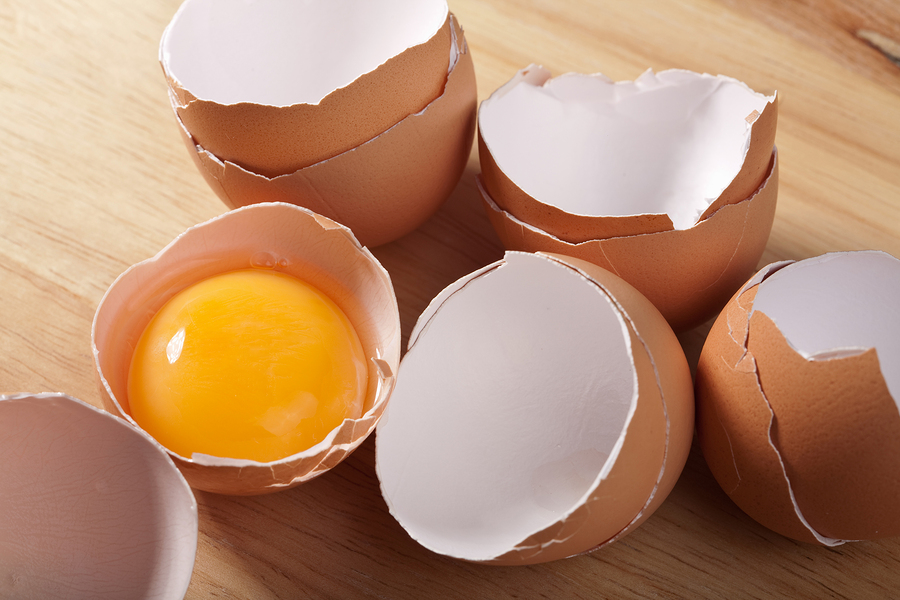- Make It Yourself Lavender Heart-Shaped Bath Bombs!
- 20 Things You Never Knew About “Down There”
- 12 Best Foods For Those Suffering From Arthritis Pain
- 12 Personal Hygiene Mistakes Almost Everyone Makes (Mom Never Told You About #4!)
- 15 Medicinal Plants And Herbs From The Cherokee People
- 12 Mind-Blowing Benefits Of Drinking Coconut Water During Pregnancy
- 12 Outstanding Winter Foods That Won’t Fatten You Up Like A Christmas Turkey
How To Unboil An Egg (Seriously)

Photo credit: bigstockphoto.com
Understanding What Cooking Does
In order to really grasp how significant this is, one has to understand what happens to an egg — or any type of food — when it is cooked. While there are many different forms of cooking (baking, roasting, frying, deep frying, boiling, etc.) they are all really just different methods for doing the same thing: applying heat to edible materials. Doing this accomplishes two things. First, it helps to kill germs and harmful pathogens, reducing the risk of food poisoning. Second, heat alters the molecular structure of food in such a way that it makes it more pleasing to taste. Many foods which are inedible to humans in their raw form also become edible once they have been cooked.
The molecular changes caused by cooking result in proteins, sugars and other compounds in the food unfolding, tangling and rearranging themselves in other ways. Visually, this manifests itself as cooked food having a different appearance than raw food. Think of a grilled T-bone steak versus a raw one, or a hardboiled egg, which is physically solid and intact, versus a raw egg, which will run and drip all over the place if the shell is broken.
Molecular changes to food which are caused by heat are usually irreversible. There is no way to un-cook a steak, un-bake a potato, or un-toast bread. Until recently, there was no way reverse the molecular changes in eggs either. So how is this possible in the case of boiled eggs?
It’s just a matter of causing the molecular changes triggered by boiling eggs to reverse themselves. In a statement released to the press, Gregory Weiss, a biochemist at the University of California-Irvine describes how he and his team worked with their Australian colleagues to develop a “device for pulling apart tangled proteins and allowing them to refold,” essentially reversing the boiling process.
They developed a substance called carambide, an artificial compound which liquefies the solid egg white in a boiled egg. However, many of the protein stands are still clumped up into unusable balls, so the partially liquefied mixture is added to a “vortex fluid device” which completes the process of reverting the gummy, balled up proteins back to a liquid form.
Don’t get too excited though. This new breakthrough does not mean that you will be able to change your mind and go back if you decide you want to scramble your eggs after you’ve boiled them. While this process does reverse boiling, it does not return the previously mentioned proteins to an edible state.
READ MORE: 12 Reasons Why You Should Eat Eggs Daily (#5 is Almost Unbelievable!)
So How Is This Relevant?
Well, it can significantly speed up the process of cleaning and reusing lab equipment which frequently gets organic material stuck to it. Scientists and lab assistants spend quite a lot of time just cleaning off their test tubes and other equipment so they can be used. If this can be accomplished faster, it can increase the speed and reduce the costs of research by quite a lot over time.
As Weiss himself pointed out: “It’s not so much that we’re interested in processing the eggs; we’re just demonstrating how powerful this process is.”
So, will you ever be able to hit “CTRL + Z” on the foods you’ve cooked and redo them from scratch? Not just yet, but this new discovery is a development that may someday allow the “editing” of a meal to be as easy as editing a Word document. But until then, be prudent with how you prepare your food and be sure to cook it right the first time around.
References:
































